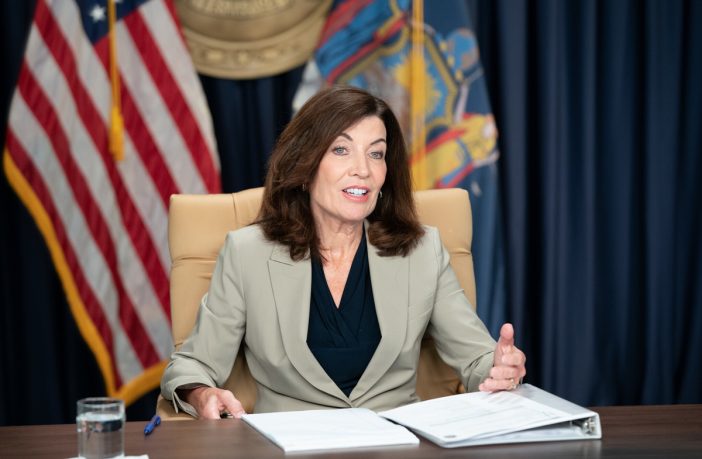Governor Kathy Hochul has announced the distribution of $44.4 million in federal pandemic funding to help struggling New Yorkers with children to cover back-to-school and early life nutritional expenses. Administered by the state Office of Temporary and Disability Assistance, the Pandemic Emergency Assistance Fund will provide New Yorkers on Public Assistance with one-time payments of $214 for each child ages 3 to 17 and $150 for each child younger than 3 in their household.
“Hardworking New York families are still feeling the economic toll of the pandemic,” Governor Hochul said. “As New Yorkers prepare to send their children back to school this fall, these one-time payments will help struggling families across the state pay for education supplies and other household expenses that may otherwise pose a burden on their household budget. This is yet another step we are taking to help lower costs of living for hardworking families hit hardest by the pandemic.”
Starting Aug. 12, OTDA will issue one-time payments of $214 to Public Assistance recipients who have a child between the age of 3 and 17. In total, the agency will distribute approximately $39.3 million, which will provide benefits for roughly 184,000 children.
Simultaneously, OTDA will be distributing $150 to Public Assistance households for each child that is 3 years old or younger to assist them with infant nutrition costs. The agency anticipates distributing $5.1 million to roughly 34,300 eligible children.
The Pandemic Emergency Assistance Fund was created as part of the American Rescue Plan Act of 2021 with the intention to assist needy families impacted by the COVID-19 pandemic. Per federal guidelines, the funding must be used for issuing non-recurring benefits to impacted households with children to deal with a specific short-term situation or need.
Public Assistance provides monthly grants to help low-income individuals and families meet basic needs, such as housing. This program helps more than 500,000 New Yorkers who may be temporarily unemployed or unable to work, as well as very low-wage workers, and children.














